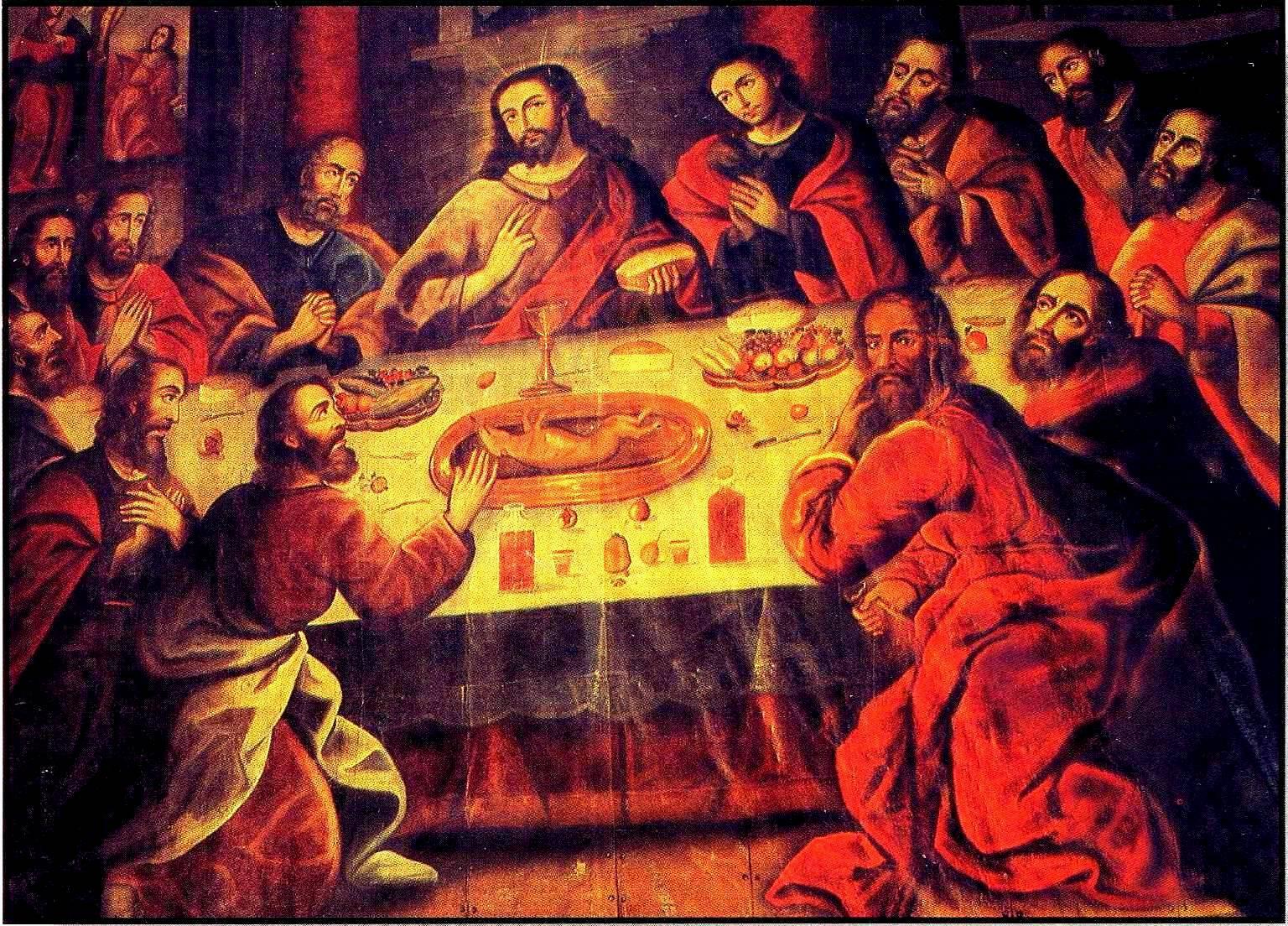Huaca Pucllana is a huge brick mound in the Lima neighbourhood of Miraflores, dating back 1500 years. A very impressive site, still being excavated and restored. It’s difficult to do justice to the sheer scale — in both extent and height — of the thing in ground-level photo such as the ones below, but check it out in Google Maps.
Nibbles: Ecotourism, food aid
- Community tourism sounds like fun: “feeding pigs, planting vegetables, harvesting fruits.”
- Norman Borlaug says USAID should buy food aid locally.
Avocado domestication and iconography
I took advantage of the thirteen hour flight to Lima to catch up on some reading, including a recent paper reviewing the state of knowledge on avocado diversity and domestication. 1 The authors postulate that avocado exploitation began in Central Mexico with the gathering of fruits from the forest, possibly as long ago as 8000 BC. Then, when the climate changed for the worse around 4500-2000 BC, people began to tend and cultivate the tree in forest gardens. The final phase was one of intensive cultivation in homegardens and active dispersal around the region and into South America.
That’s all very interesting, but the thing that really stuck with me was the observation that the avocado tree is represented on Hanab-Pahal’s sarcophagus from Palenque. Not on the famous “astronaut” lid, however, but on its side. Ten ancestors are seen around the sides of the sarcophagus, arising from a crack in the earth, each with a fruit tree, forming a sort of homegarden around the dead king. Among them is Lady Olnal, and she has an avocado tree. Unfortunately, I couldn’t find a picture of this on the internet. But the reason it struck me is that I’d just been looking at photos of more recent, and geographically somewhat distant, but no less botanical, funerary art. Even in death, people of all ages and cultures like to be surrounded by plants, it seems.
And, being in Peru, all this rumination about art and agrobiodiversity couldn’t help but remind me of Marcos Zapata’s painting of the Last Supper in Cuzco Cathedral (1753). That famously features roast cuy, but check out the thing to the left of the cuy’s head. Is it a maca? What other crops can you identify? Donwload the full-sized version on the photo and see. No avocados, alas.

Nibbles: Barley, mangoes, erosion
- Boffins say wild barley “a treasure trove.” Lay up not your treasures on Earth.
- Boffins say Florida mangoes “unique.” As is the mother, so is her daughter.
- Boffins say rice genetic diversity being eroded in the Philippines. They have sown the wind, and they shall reap the whirlwind.
Yams in New Caledonia
Danny has just sent me this great old postcard from New Caledonia: “Preparations for a family celebration.” You can see how central yams are to Kanak culture. In 2004 the Kanak Traditional Senate established a Conservatoire de l’Igname. I never visited it, but I saw photos of it when a couple of the people responsible, including a senator, came to our regional plant genetic resources network meeting in Fiji a couple of years ago, and it looked great. Unfortunately, it doesn’t seem to have much of an online presence. Yet.